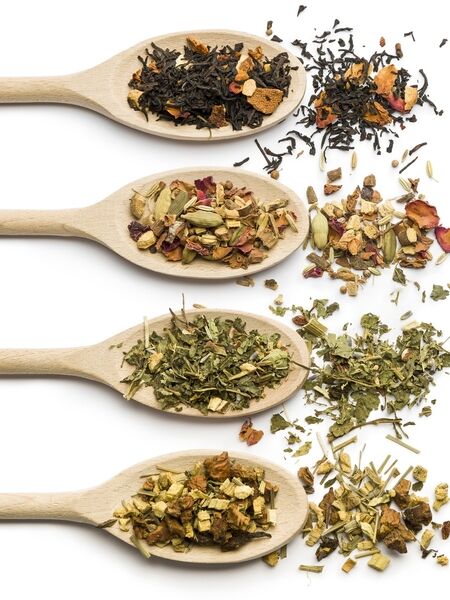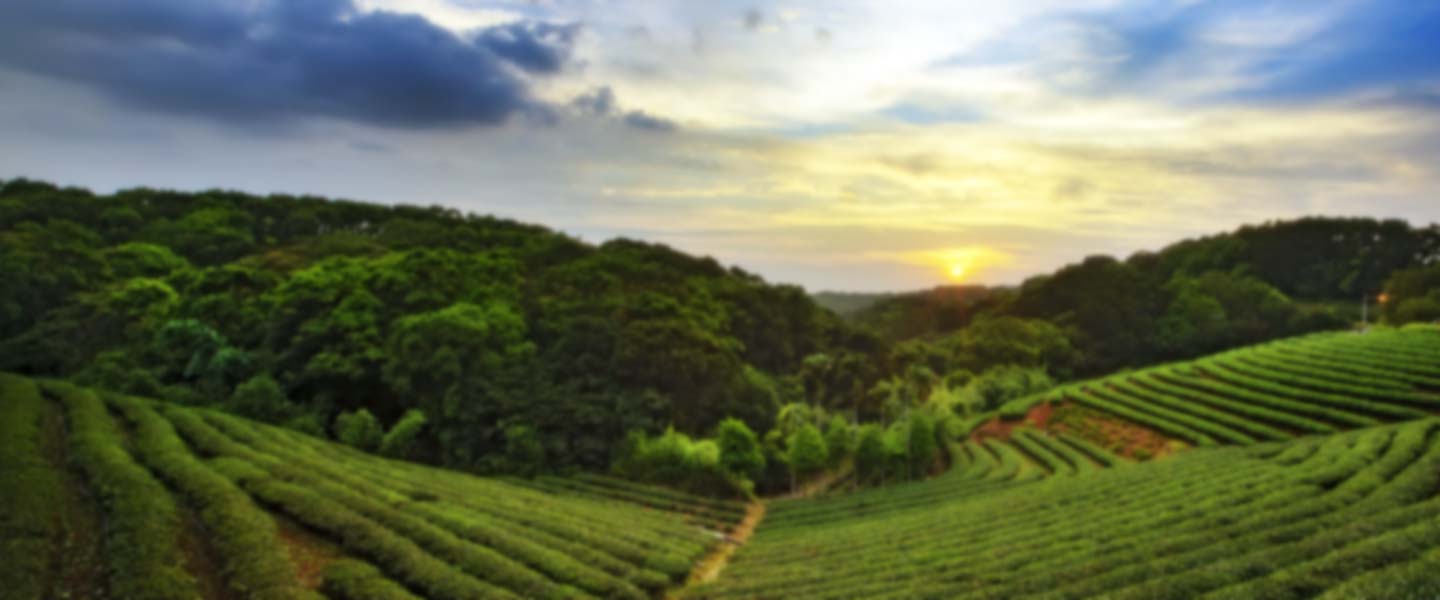Sharing Tea Blending Ideas Increases Sales

The smart tea retailer knows that educating their customers elevates the appreciation of tea and enhances the natural curiosity we all have toward this fabulous beverage.
One element of tea knowledge that is both exciting and creative to share is learning how to blend teas and add delicious scents, flavorings, and spices to make personal blends.
WHICH SPICES AND WHY
Using exceptional spices is the way to push the envelope of tea blending to both craft and art. We are partial to the beautifully sourced powders, petals, spices, and herbs from our sister company Selefina Spices. There’s something here for every tea blender from classic to innovative recipes.
Selefina spices are fresh, superb in fragrance and flavor and any come in powders that make them perfect for cooking and baking. However, for tea blending, we love the peels and petals of fruits and flowers. A little goes a long way, so try flavoring or scenting enough tea for a cup vs an entire canister or package of tea. This way, you can add or decrease ingredients to suit your taste with a minor investment.
SHOW AND EDUCATE
Encourage your customers to experiment by either demonstrating one or several of the following techniques in-store or in your tea brewing nook or, if you have one, your store kitchen. Better yet, consider recording the experience in your store or home kitchen as an easy-to-access video you can loop in the store or offer on your web site. It not only serves to inform and educate, but to SELL the teas and spices you’re using. Add the website video link on your promotional literature to increase interest and, of course, sales.
START SMALL
The easiest, and most cost effective, way to begin the tea blending journey is to create a per-cup recipe. Start with a 2:1 balance of 2 tsp. of tea to 1/2 tsp. of spice and adjust to your taste.
To get more spice for the effort, consider using more than one flavoring. Think of these experiments as developing your own DIY chais with endless possibilities of nutmeg, pink peppercorn, cinnamon, ginger, cardamom pods, and so many other spices. Chai not a fave? Consider two or three favorite fruit flavors in a black tea or two floral ones in a green tea or one to three spices that work well together. One guideline is classic blends, and another is savory or sweet themes, or cooking recipes that incorporate various spices that work well together. Blueberry lemon Keemun anyone?
The other consideration is mixing teas together without flavorings. Consider blending a crisp Ceylon Sonata with a deep, hearty Assam Melody or an elegant Yunnan Noir or a mild Japanese sencha with an assertive Gyokuro.
And, remember the pleasures of honeybush and rooibos for the base of your DIY blending. Both take wonderfully to flavorings and no concern needed for caffeine content!
The Basics of Adding Accents (you’ll discover many more!)
Accents aren’t just for blending into teas, but to use as a garnish such as sprinkling petals of flowers, like roses or lavender, on an elegant black or oolong. These garnishes act like a visual invitation to sip with pleasure. Think of garnishing as you would sprinkle a dash of cocoa powder or cinnamon on a chai.
Garnishing with petals and citrus peels and spices also adds an “oomph” to pastries, icing on cakes or petit fours, and as “secret ingredients” to finger sandwiches to extend the flavoring experience.
Dried fruits are another option to enhance fruited teas (especially great for tea sangrias or flavored iced teas.) Orange peels and lemon peels are popular choices. Add a hefty pinch for each 8 ounces of tea you’re brewing. Black teas that are great for the base include Golden Monkey, Ceylon Sonata, breakfast blends, Black Dragon Pearls, Assam Melody, and Keemun Concerto.
Citrus is also lovely in green teas. Greens also love rose, cherry, vanilla, osmanthus flowers, coconut, and of course, jasmine. Consider Sencha Overture, China Steamed Green, or Kukicha for your base.
For Indian Darjeeling like our Sungma Summer, go totally classic and add a single green cardamom to a cup. The soft whisper of the cardamom seed brings out the genuine muscatel essence of this fine Indian tea and inhabitants of this stellar tea-growing region have followed this tradition for centuries. Simple and sensational.
Vanilla beans can be used several times whole or with the bean “flecks” can be scraped out of the pod. Only a 1/4 teaspoon is needed to add the lushness of vanilla to a cup of Irish, Scottish or English Breakfast teas. Add a dollop of condensed milk and nirvana is surely in the future.
P.S. If you enjoy sugar with your tea, put a whole vanilla bean in a container of sugar. Lasts nearly forever and scents the sugar perfectly.
And, remember that “other sugars” make the tea-drinking experience more memorable such as maple sugar.
STORAGE
Making a flavored tea serving is a no-waste procedure, however, if you land on a great recipe, and want to make a bulk amount, storage is critical to keeping it fresh. Opt for clean, clear glass jars stored in dark cupboards or dark tea tins with tight-fitting lids. Use promptly for the ideal tasting experience.
PRESENTATION
If you offer your in-store blends in bulk, consider selling small quantities in paper filters for a multi-purpose tea bag. The consumer can scoop out a single portion from the tea bag and brew a cup in her usual way or use the entire paper filter as a tea bag in a teapot.
Display them at the checkout counter in a pretty basket. Seal the paper filters with stickers with your business logo or tie them tightly with thin colorful ribbons. Our filters are made from worry-free, chlorine-free bleached hemp and wood fiber paper. That allows for the full release of flavor in every cup.
P.S. Great addition to gift baskets to make your shop’s exclusivity and uniqueness shine.

